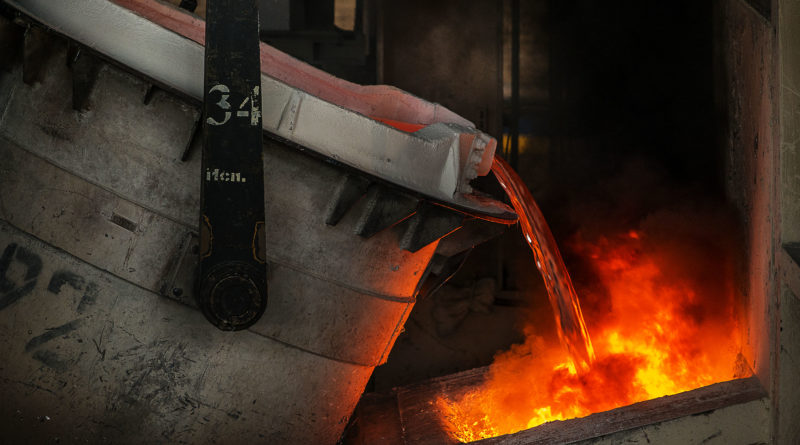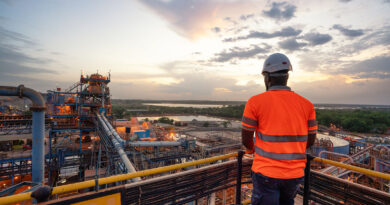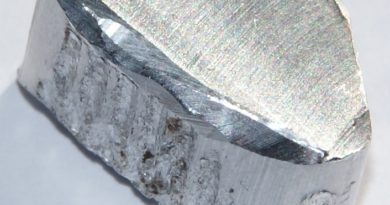Recycled aluminium’s role in reducing carbon emissions
Recycling can – and should – be an important contributor to achieving a low-emission world. For Hydro, the recycling of post-consumer scrap with decarbonized operations is one of the main pathways to take the lead in delivering aluminium with a CO2 footprint of zero in industrial-scale production by 2030.
“Cutting carbon emissions has risen from being an activist issue to becoming an issue on the top of the agenda for politicians, regulators, investors, consumers and society as a whole,” says Trond Olaf Christophersen, Head of Recycling in Hydro Aluminium Metal.
Trond Olaf Christophersen, Head of Recycling in Hydro Aluminium Metal
“Consequently, all industries must work for radical improvements in carbon emissions to remain a part of the solution. At Hydro, recycling of aluminium is a key part of such radical improvements.”
Why does aluminium matter so much for the circular economy?
Since it came on the scene in 1825, about one billion metric tons of aluminium have found their way into a multitude of goods in our lives, and, astonishingly, about 75 percent of it is still in use today. Why?
“There are fewer metals that are stronger, more durable and more useful than aluminium. It can be machined, formed and shaped, is second only to copper in conductivity, conducts heat well, is non-sparking, resists corrosion and rust, and is non-magnetic,” Christophersen explains.
It can also be recycled – over and over again without losing its properties – making aluminium an ideal metal for the circular and low-carbon economy.
Recycling aluminium requires only 5 percent of the energy used for production of primary aluminium, saving both energy and reducing greenhouse gas emissions.
“While some materials emit little CO2 in the production process, but might not be recyclable, aluminium is energy intensive, but can be infinitely recycled. The ideal material is therefore a combination – where an infinitely recyclable material is produced using low-emissions,” says Christophersen.
For this reason, producing low-carbon aluminium using renewable energy instead of fossil-based energy, is also important next to recycling the aluminium already in use.
Aluminium is also a key material in many of the green transition plans for other sectors, playing a large role in industries such as the automotive sector and within renewable energy. As sectors like car manufacturing and building and construction aim to cut their emissions, aluminium must help meet this demand in a responsible way.




